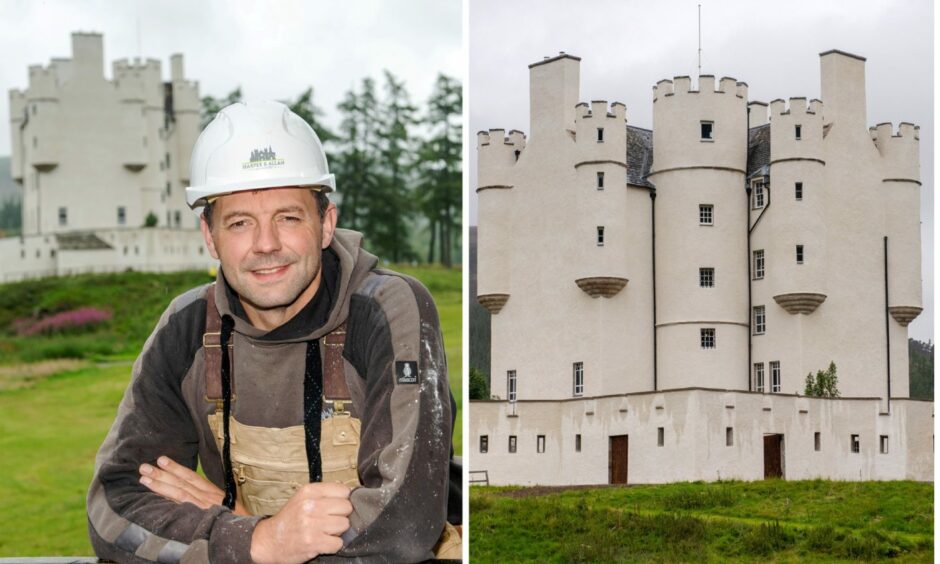
The transformation is spellbinding. Once drab and dreary, with a patchy grey exterior that let water seep in, Braemar Castle now glimmers and sparkles like something out of a fairytale.
Nestled on the banks of the River Dee, its gleaming white exterior can be seen for miles around.
My eye was unexpectedly drawn to it as I crossed the Allanaquoich Bridge on the Mar Lodge Estate a few weekends ago.
I stopped in my tracks to marvel at the spectacle before me. Talk about a makeover!
I’d last visited the castle in spring, and while work was in progress to restore the 17th Century stronghold, it was shrouded in scaffolding.
Now, the landmark castle in the heart of the Cairngorms is on the cusp of reopening to visitors, having been closed for more than 18 months to enable £1.6 million of restoration work.
It has ditched its shabby grey coat and emerged, like a phoenix, with a dazzling finish of traditional white harling.
Community-run castle
It’s a key moment for the Braemar community. They took it over under the umbrella of Braemar Community Ltd in 2007, becoming the first community-run castle in Scotland.
Having seen it fall into a state of disrepair and at risk of falling into private hands, locals rallied together to secure its future and kickstart its transformation.
They initially raised the £500,000 needed to fix the roof and chimneys, and then sought funding from Historic Environment Scotland and the National Lottery Heritage Fund, alongside many private donors, to repair the structure and replace the harling.
Restoration work also included fixing niggling issues with windows and a string of internal upgrades.
Army of volunteers working on Braemar Castle’s restoration
While Keith-based Harper and Allan Masonry was brought in as the main contractor for the harling project, the castle team – together with an army of volunteers – has been working round the clock to help get the castle up and running: polishing, dusting, unpacking everything from cutlery to four-poster beds, painstakingly cleaning delicate porcelain and crockery with cotton buds, and essentially bringing the castle back to life.
Built in 1628, the castle’s history stretches back almost 400 years and, in that time, it has survived four uprisings.
Unique history
It was torched by the infamous Black Colonel of Inverey during the first rising in 1689.
The castle’s owner, the Earl of Mar, raised the standard in the village to initiate the 1715 uprising and it was later garrisoned by Hanoverian Redcoat troops after the Jacobites’ defeat at Culloden in 1746.
Later, it became a party pad for Victorians keen to hobnob with royals at Balmoral.
When I caught up with members of Braemar Community Ltd over coffee, they were keen to reiterate that while hopes are high the castle will reopen this year, it will very much be a “soft opening”, with a full-on, bells and whistles affair planned for April 2024.
Bold project
Nonetheless, the folk of Braemar are keen to shout about their stunning, bold project – they’re proud and have worked hard to get this far.
They’re keen to welcome visitors, but people are advised to check online before turning up and expecting to get inside.
However, even if visitors can’t get the full experience, it’s worth popping along to check out the new offerings, stresses Doreen Wood, vice-chair of Braemar Community Ltd.
“It’s been a testing time and we’d hoped to be ‘fully’ open this season,” she laments.
“But there’s so much still to do. We want to offer visitors the best experience possible.
“We’re so proud of what we’ve achieved, and happy we’ve been able to repair and preserve the castle for future generations.
“Those who do come out to see us will be able to enjoy the grounds and gardens which will be open seven days a week – and that in itself is an amazing experience.
“There’s new information in our visitor cabin which shares stories about the project and the castle itself.
“We do hope to open for tours, but people will need to check online, rather than simply turning up. We don’t want to disappoint anyone!”
Fog house
Another fantastic feature is the recently re-thatched fog house, a curious garden folly in the grounds, with views down the Dee valley and over to Invercauld House.
I was lucky enough to play a part in helping to restore this cute 18th Century decorative building.
Back in May, it was in a very sorry state, with rotting timbers and barely any of the heather thatch left of the roof.
Along with volunteers, I harvested heather from a secluded wooded area and handed it over to master thatcher Brian Wilson. He and his apprentice then re-thatched the structure in layers. A few months on, it’s looking fantastic.
Virtual tours of Braemar Castle
You can also take “virtual tours” of the castle and enjoy “coffee talks” online with local historian Maureen Kelly.
Maureen, who published her new book last week – Historical Guide To Braemar Castle – shares her insight on everything from the castle’s occupants to the myths surrounding the Black Colonel.
Her research saw her delving through the Invercauld Archive, finding documents and letters of long ago, some in their original envelopes.
And she discovered that the 2nd Earl of Mar, who built the castle in 1628, was “a bit of a dandy!”.
Boost programme of events
As well as restoration and work to make the castle more accessible, the project aims to boost its programme of events, introduce new opportunities for learning and engagement, and open it up to schools, charities and individuals to grow through creative activities.
Other new initiatives include a digital app, website, online booking and presence on the Bloomberg Connects app alongside more than 200 places of interest around the world – placing Braemar Castle on the international radar.
It’s an exciting time, with the recent removal of scaffolding and unveiling of the fresh white exterior.
And one of the most poignant moments came a few weeks ago when an old grandfather clock, which had not chimed for two years, was coaxed back to life.
Making an impact
Doreen describes the redevelopment and re-imagining of the castle as a “really important grassroots project” which grew out of the desire to improve the village.
“Fifteen years on, it’s great to see we’ve made an impact,” she reflects.
“It’s not just about the reharling of the castle, which is very impactful.
“There are so many ways people can engage with the grounds, gardens and castle, from Jacobite days to digital guides and woodland trails.
“We’re so grateful to volunteers for helping – they are at the heart of everything.
“When we took the castle on in 2007, there were naysayers in the village.
“But it didn’t take long to build confidence, and once we’d cleared up and learned more about the stories and history, we soon saw visitors flooding through the doors.
“There are 12 fully furnished rooms and the stories are so rich – and, of course, we have our ghosts.
“It’s an exciting transformational phase for the castle, and it’s very much a case of ‘by the community, for the community’. Our ambition is to further fundraise and improve the experience.”
Braemar Castle Timeline
- Built in 1628 as a grand hunting lodge by John Erskine, Earl of Mar, the castle was set on fire during the first Jacobite uprising in 1689 by ‘Black Colonel’ John Farquharson of Inverey to intimidate its government-supporting earl.
- By 1715, the Earl of Mar had switched allegiance, and with the chief of Clan Farquhrason raised the clans to start the second Jacobite uprising at Braemar Castle.
- It was later used as a garrison for English redcoat troops following the Battle of Culloden. Graffiti daubed on the walls by soldiers can still be seen.
- In its Victorian heyday it became a hub of aristocratic activity, with guests including Queen Victoria and streams of visitors desperate to mingle with royals at Balmoral.
- Colourful tenants have included a Russian princess and Lady Curzon, said to have inspired the character of Lady Grantham in Downton Abbey.
- In the early 1960s, the 16th Chief of Clan Farquharson, Captain Alwyne Farquharson and his entrepreneurial American wife, Frances opened the castle to the public. One of Deeside’s first fashionistas, she was credited with “bringing style to the Highlands”, and her favourite colour was pink. Frances was fashion editor for Vogue and friends with surrealist Italian designer Elsa Schiaparelli. It was Schiaparelli who created the colour “shocking pink”, and pink can be seen all over Braemar Castle, in bathrooms, on curtains and ceilings.
- When the castle’s future was thrown into doubt in 2007, with the risk of new owners taking over and the contents of the castle auctioned off, the community stepped in.
- The castle was gifted to Braemar Community Trust on a 50-year lease and since then managed by Braemar Community Ltd. It was a pioneering community move supported by an anonymous benefactor who helped secure the castle’s contents and saw locals raise £500,000 to make it wind and watertight. They learned about the castle’s history so they could tell stories and organise events, bringing it up to scratch as a top tourist attraction.
- The £1.6m restoration is part of the castle’s Raising the Standard Project, made possible by the National Lottery Heritage Fund, Historic Environment Scotland and the support of multiple private donors.
- Historical Guide To Braemar Castle by Maureen Kelly is available from the castle, most local retailers, and online at braemarcastle.co.uk
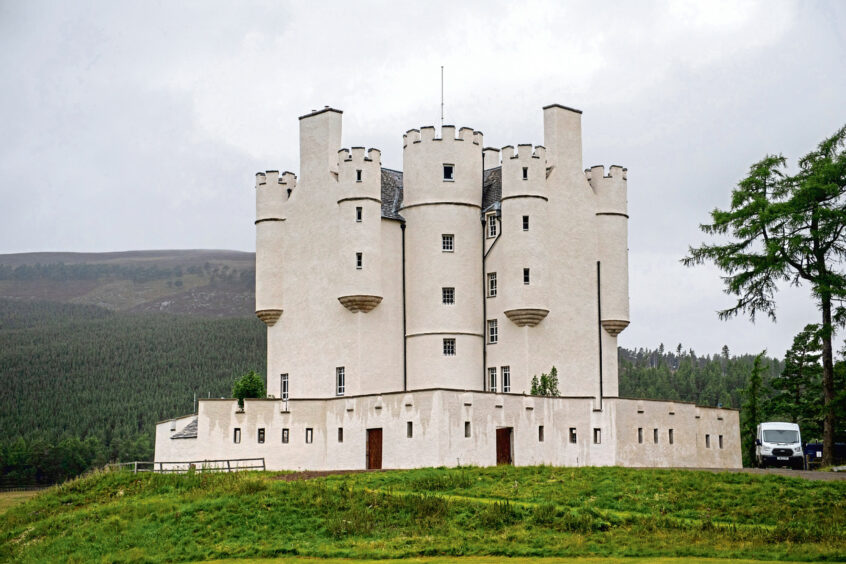
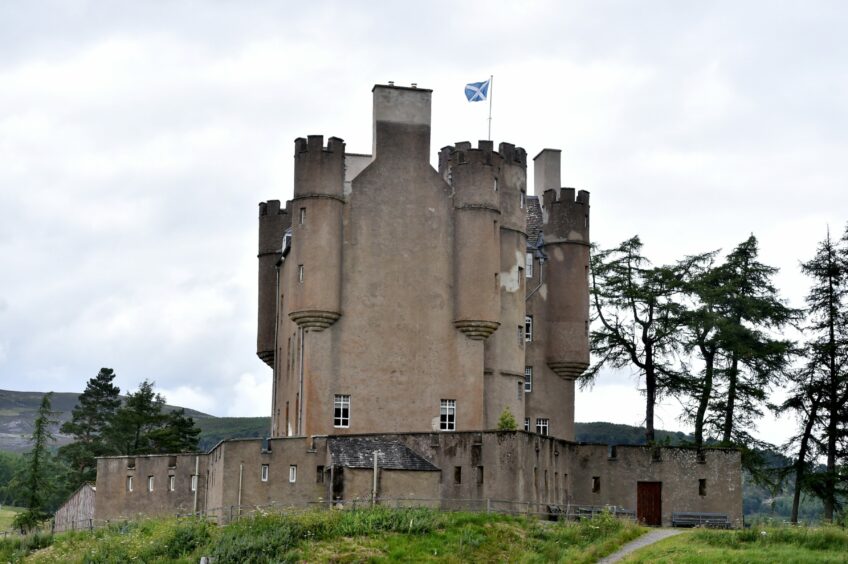
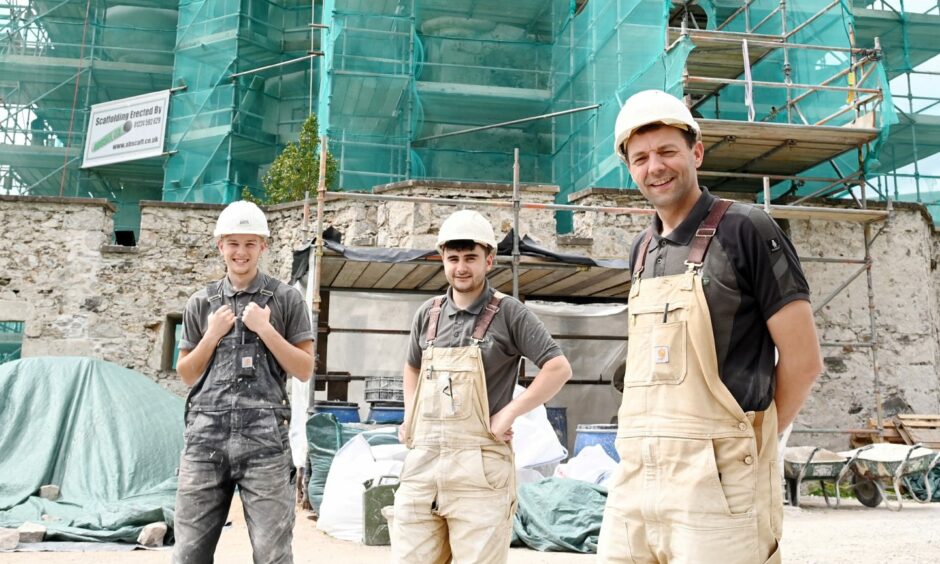
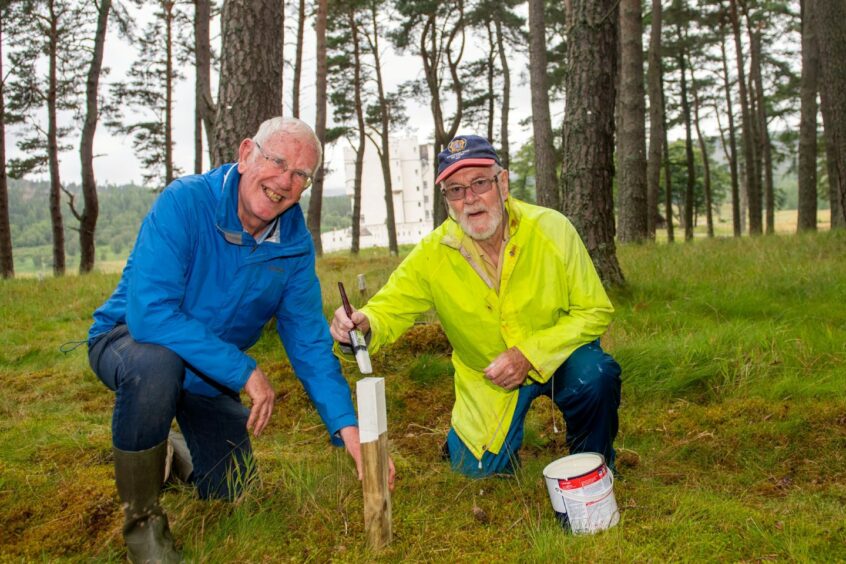
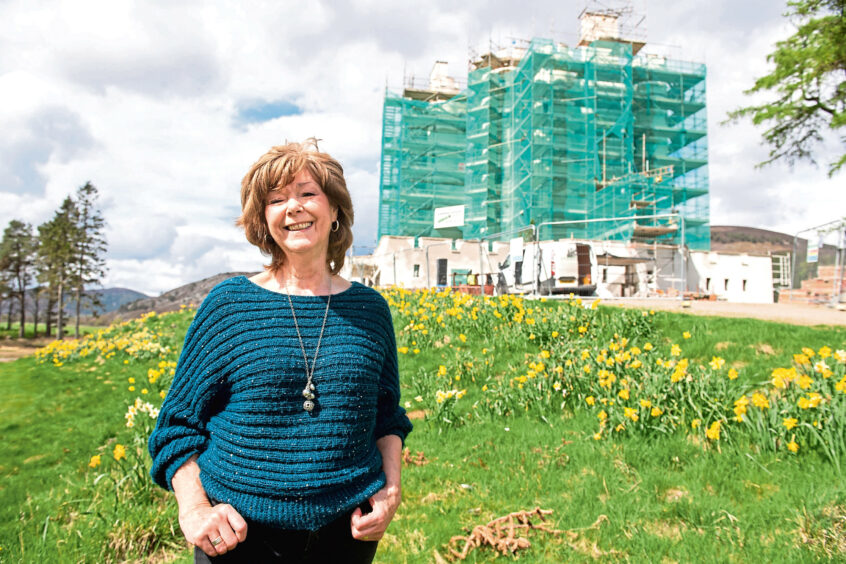
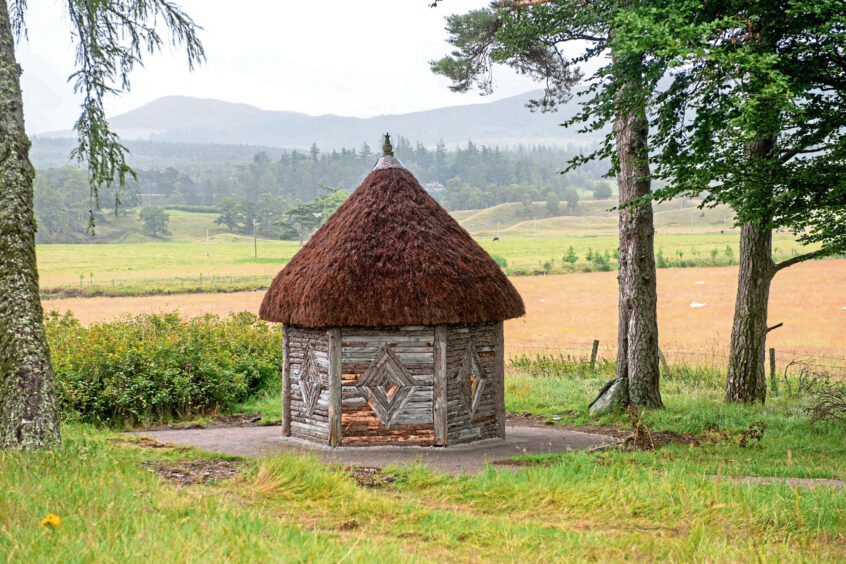
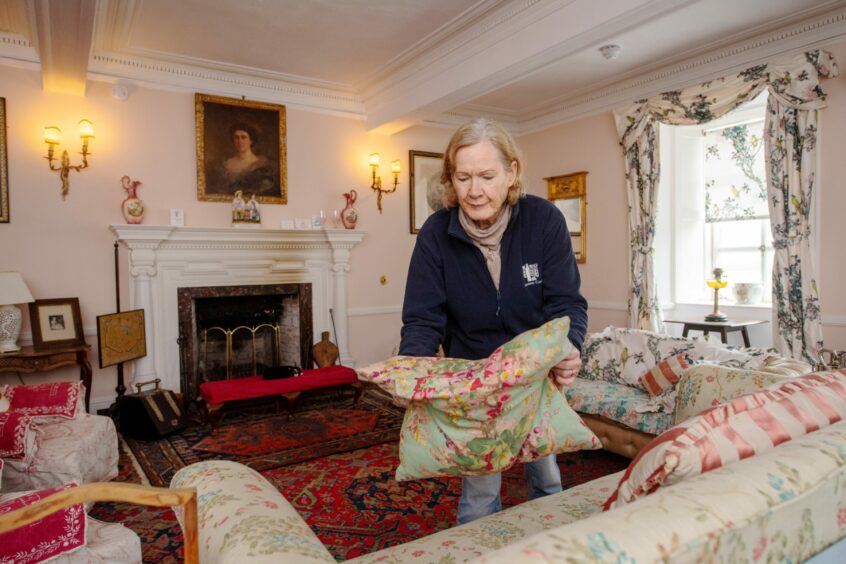
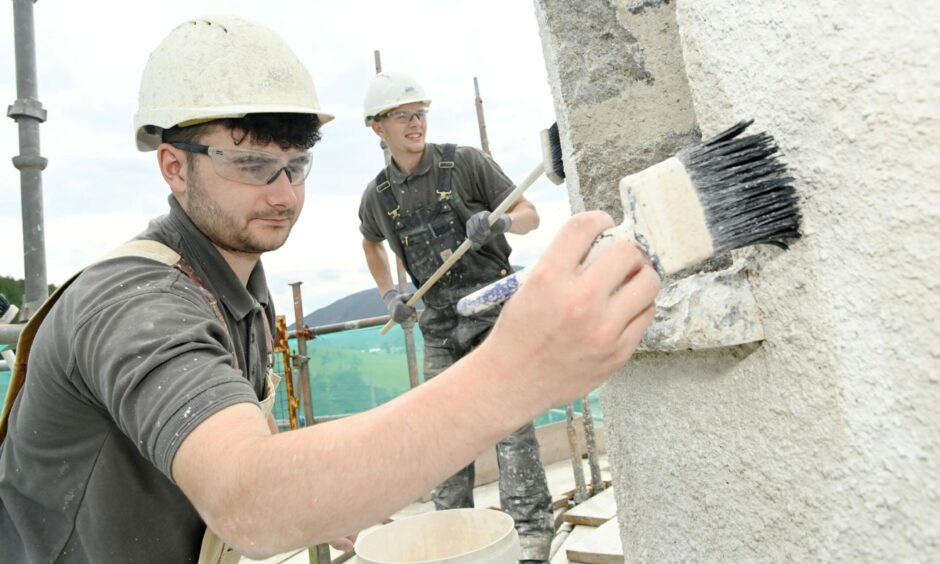
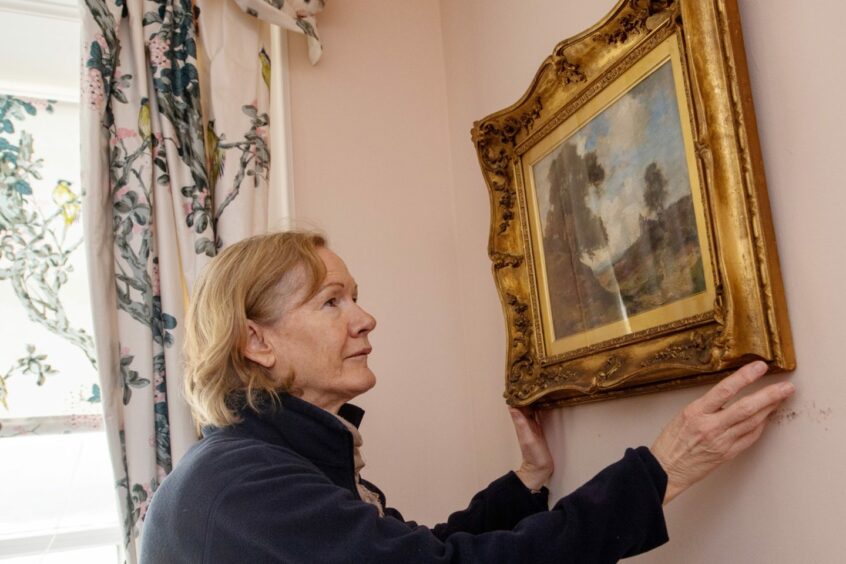
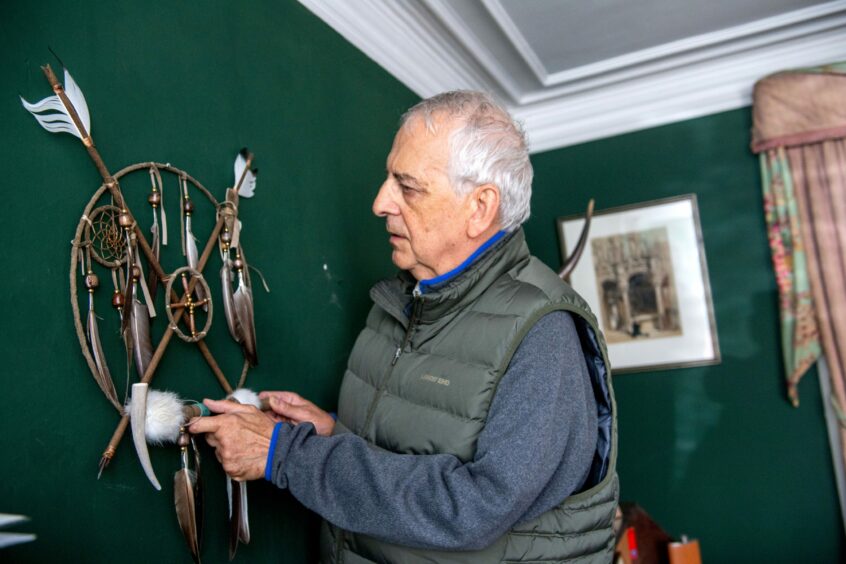

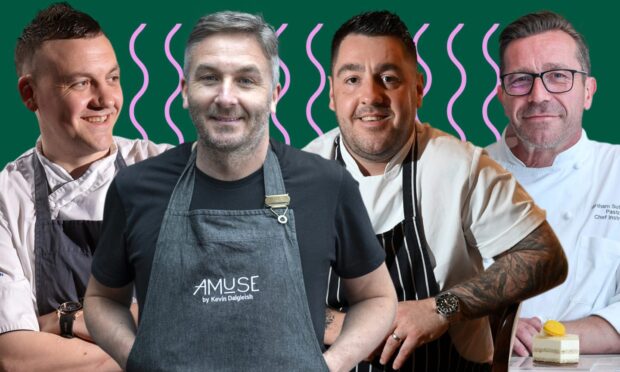

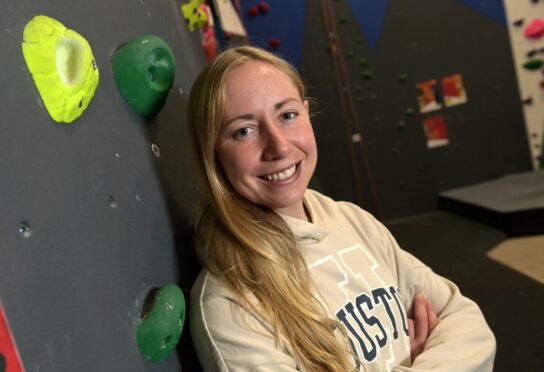
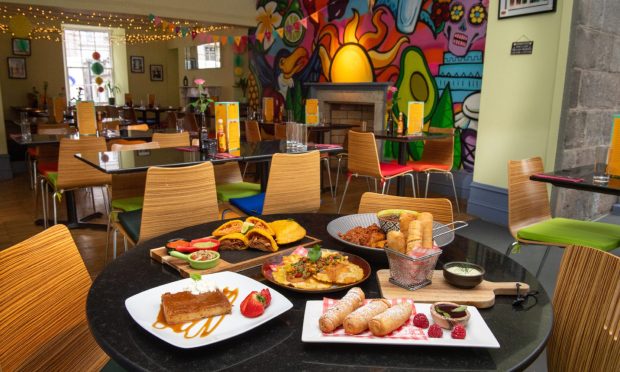
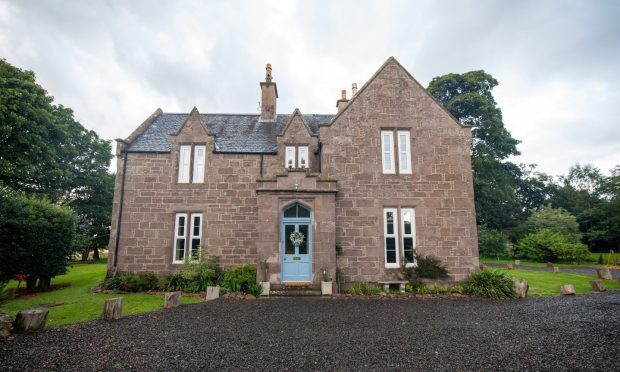
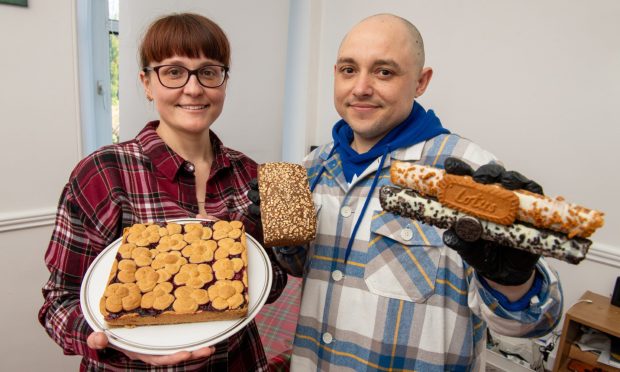



Conversation